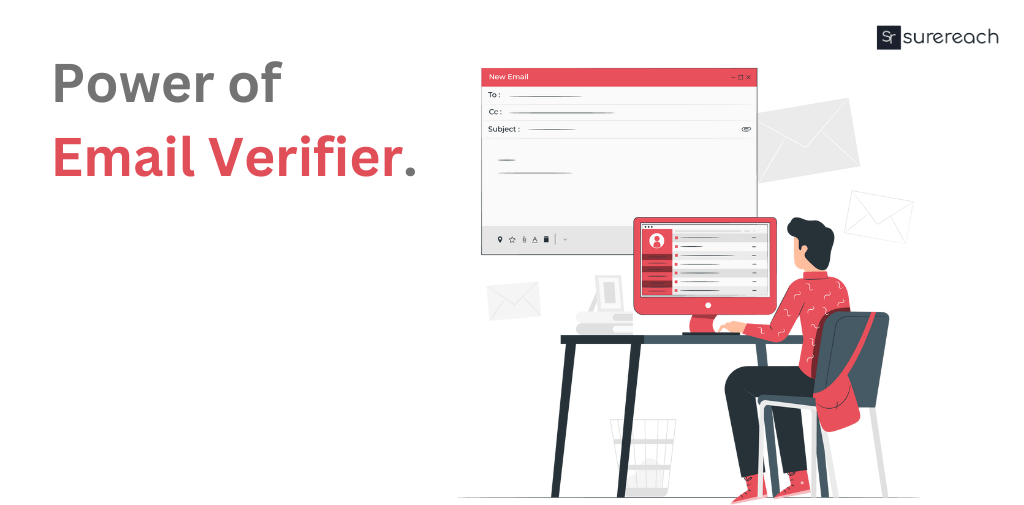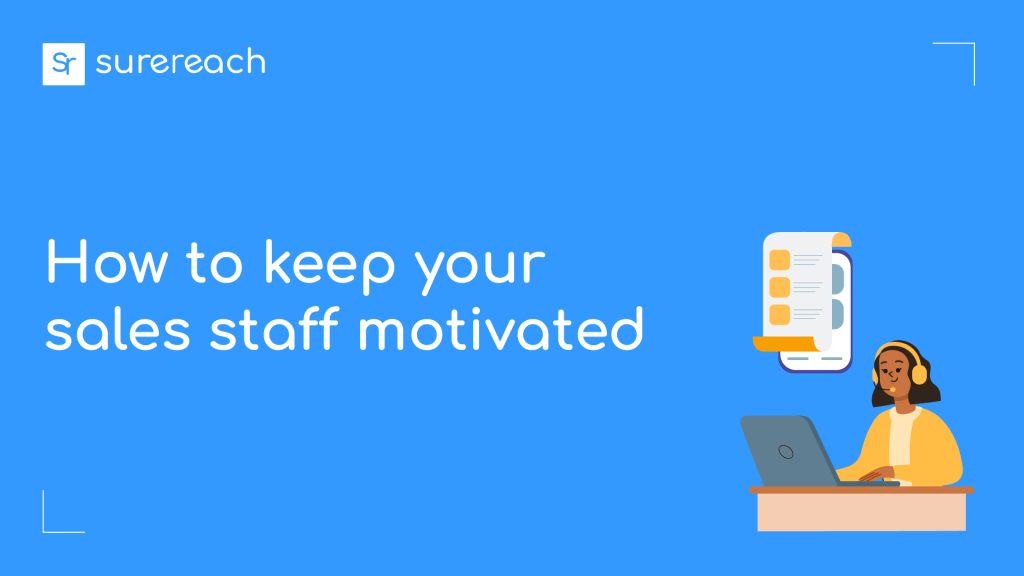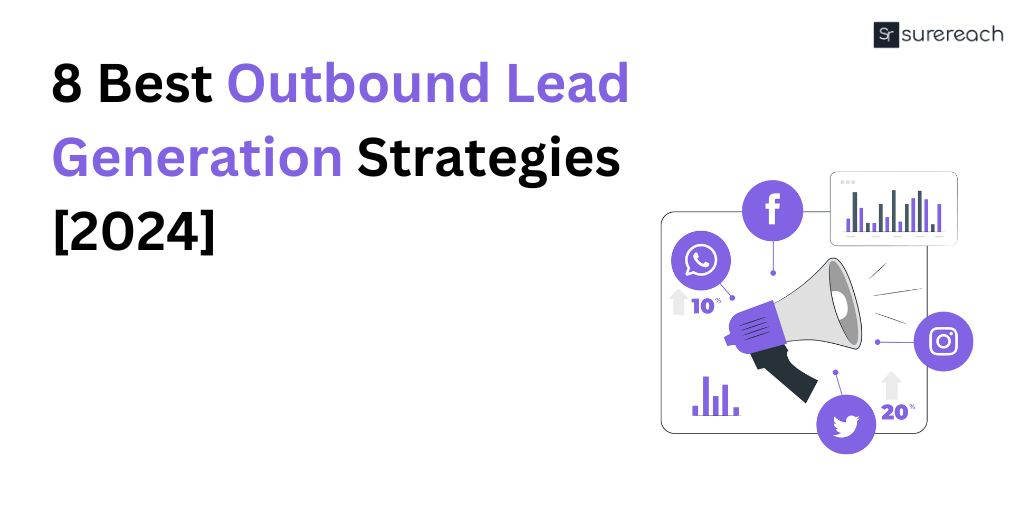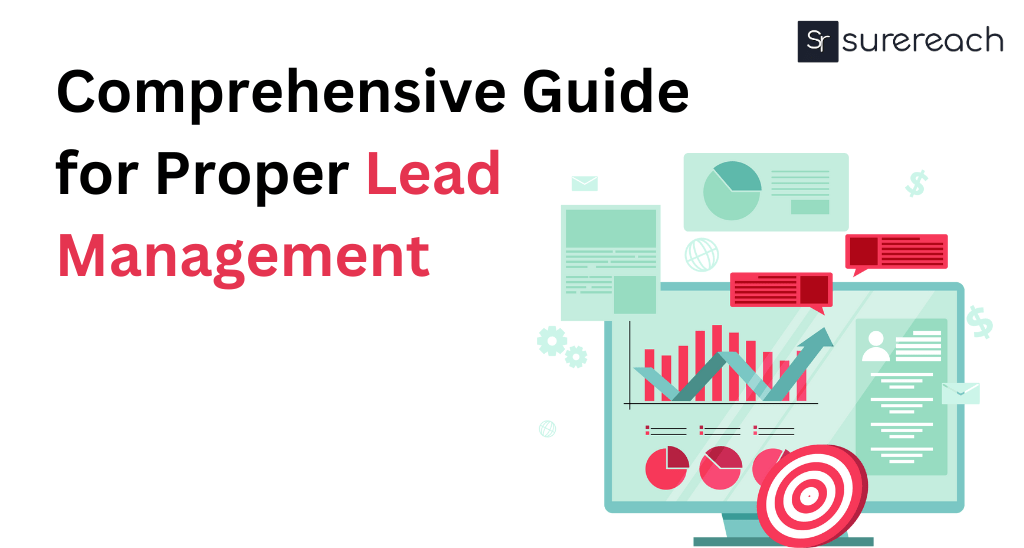1. What is an Email Verifier?
An Email Verifier is a software tool designed to ensure the accuracy and validity of email addresses. In the realm of email marketing and communication, maintaining a clean and updated email list is essential for successful campaigns. An email verifier assists in identifying and eliminating invalid, fake, or non-existent email addresses from your contact list, thereby improving the quality of your email database.
2. Why Should You Use an Email Verifier Online?
The success of your email marketing campaigns heavily relies on your emails reaching the intended recipients. Using an Email Verifier is not just a good practice but a necessity for several reasons:
- Improved Deliverability: A clean email list means that your emails are more likely to be delivered to the recipients’ inboxes, rather than being flagged as spam or bouncing back.
- Reduced Bounce Rates: Bounced emails can damage your sender’s reputation and affect deliverability. Email verification helps prevent both hard bounces (invalid email addresses) and soft bounces (temporary issues).
- Enhanced Sender Reputation: ISPs and email providers monitor sender reputation to determine whether emails should be delivered to the inbox or spam folder. A high-quality email list maintains a positive sender reputation.
- Cost Savings: Sending emails to invalid or non-existent addresses wastes resources and money. Email verification ensures that you’re only targeting genuine recipients.
- Better Analytics: Accurate data leads to more reliable campaign performance analysis. You can measure open rates, click-through rates, and other metrics more accurately.
- Personalization Opportunities: Accurate email addresses allow you to personalize your email content effectively, leading to higher engagement and conversion rates.
- Compliance with Regulations: Many data protection regulations, such as GDPR, require obtaining explicit consent from recipients. Using verified email lists ensures compliance with such laws.
- Reduced Spam Complaints: Invalid addresses often lead to spam complaints, which can harm your sender reputation. Email verification minimizes this risk.
- Time Savings: Manually reviewing and removing invalid email addresses from a large list is time-consuming. Automated email verification tools save valuable time.
- Improved Conversion Rates: Sending emails to genuinely interested and active recipients increases the likelihood of conversions and engagement with your content.
3. How Does an Email Verifier Work?
Email Verifiers employ a series of checks and tests to verify the validity of an email address. These checks include:
- Syntax Check: Verifies that the email address follows the correct format and doesn’t contain any obvious errors.
- Domain Verification: Ensures that the domain of the email address exists and has valid DNS records.
- Mailbox Existence Check: The tool communicates with the recipient’s mail server to determine if the mailbox exists and is currently accepting emails.
- Role Account Detection: Identifies email addresses that are generic, such as “[email protected],” which are often used for administrative purposes rather than direct communication.
4. Benefits of Email Verification
Email verification offers a range of benefits that significantly impact the effectiveness of your email campaigns:
- Improved Deliverability: By removing undeliverable addresses, your emails have a higher chance of reaching the inbox.
- Reduced Bounce Rates: Validating email addresses prevents bounces, which can negatively affect your sender reputation.
- Enhanced Sender Reputation: Sending emails to engaged recipients maintains a positive sender reputation.
- Cost Savings: Targeting only valid addresses reduces wasted resources and expenses.
- Better Analytics: Accurate data leads to more insightful campaign analysis.
- Personalization Opportunities: Valid emails enable effective personalization, increasing engagement.
- Compliance with Regulations: Clean lists comply with data protection regulations.
- Reduced Spam Complaints: Invalid addresses contribute to spam complaints. Verification mitigates this risk.
- Time Savings: Automated tools process large lists quickly.
- Improved Conversion Rates: Reaching genuine recipients increases conversion potential.
5. Which Email Addresses Should You Verify?
It’s recommended to verify all email addresses in your list. This includes addresses obtained through sign-ups, purchases, lead generation, and any other source. Regular verification helps maintain list accuracy over time.
Sign up and get 20 credits for free!
We have 3 million+ contacts stored to connect you with prospects all over India
6. What Should You Look for in an Email Verifier?
When selecting an Email Verifier, consider the following factors:
- Accuracy: The tool should accurately identify invalid addresses.
- Speed: Quick processing is crucial, especially for large lists.
- Ease of Use: An intuitive interface simplifies the verification process.
- Scalability: The tool should handle lists of varying sizes.
- Integration: Check if the tool integrates with your email marketing platform.
7. Best Email Verification Tool for Cold Emailing
The choice of an email verification tool depends on your specific needs. Some popular options include Surereach, ZeroBounce, NeverBounce, and Hunter. Research and trial different tools to find the best fit for your requirements.
8. Addressing Concerns About Email Verification
While the benefits of using an Email Verifier are clear, some common concerns might arise. Let’s address these concerns and provide clarity:
- Privacy: Users may worry that their email addresses are being shared or misused during the verification process. Reputable verification tools prioritize data security and don’t store or share email addresses.
- False Positives: There’s a possibility that some valid emails might be flagged as invalid (false positives). However, reliable verification tools use advanced algorithms to minimize this occurrence.
- Initial Investment: Some businesses hesitate due to the initial cost of using an Email Verifier. However, this investment is quickly offset by improved campaign performance and cost savings in the long run.
- Unsubscribes: A concern might arise that email verification could lead to higher unsubscribe rates. However, targeting genuinely interested recipients can actually reduce the likelihood of unsubscribes.
- Changing Status: An email address that is valid today might become invalid tomorrow. Periodic verification helps maintain list accuracy even as email addresses change over time.
9. Maximizing the Benefits of Email Verification
To make the most of an Email Verifier tool, follow these best practices:
- Regular Verification: Maintain a schedule for regular email verification to keep your list accurate and up-to-date.
- Integration with Email Platform: Choose a verification tool that integrates seamlessly with your email marketing platform. This simplifies the process of importing verified lists.
- Use Double Opt-In: Implement a double opt-in process when adding subscribers. This ensures that recipients confirm their interest, leading to a cleaner list from the start.
- Segment Your List: Divide your email list into segments based on engagement levels. This allows you to tailor your campaigns more effectively.
- Monitor Campaign Performance: Continuously monitor your campaign performance metrics to assess the impact of using a verified email list.
- Keep Learning: Stay informed about email verification best practices and industry trends to adapt your strategy accordingly.
10. FAQs (Frequently Asked Questions) About Email Verification
Here are some common questions about email verification, along with their answers:
Q1: Why do I need to verify email address list?
A1: Verifying your email list ensures that you’re sending messages to valid and engaged recipients. This improves deliverability, reduces bounce rates, and maintains a positive sender reputation.
Q2: How often should I verify my email list?
A2: It’s recommended to verify your email list before each major campaign and on a regular schedule, such as quarterly. Regular verification helps keep your list accurate.
Q3: Can email verification tools detect temporary email addresses?
A3: Yes, many email verification tools can identify disposable or temporary email addresses, helping you avoid sending to addresses that are likely to be inactive.
Q4: Are there any risks of using an email verification tool?
A4: The risks are minimal when using reputable tools. However, there might be instances of false positives, where valid emails are marked as invalid. Choosing a reliable tool helps minimize this risk.
Q5: Will email verification affect my unsubscribe rates?
A5: Email verification can actually improve your unsubscribe rates. By targeting engaged recipients, you’re less likely to send irrelevant content that prompts unsubscribes.
Q6: Can email verification guarantee that my emails won’t be marked as spam?
A6: While email verification improves the likelihood of emails reaching the inbox, it’s not a guarantee against spam filters. Following best practices and delivering valuable content also play a role in avoiding spam filters.
Q7: Do email verification tools store my email addresses?
A7: Reputable email verification tools prioritize data privacy. They typically do not store or share email addresses used in the verification process.
Q8: How does email verification help with GDPR compliance?
A8: Email verification ensures you have explicit consent from recipients, which is a key aspect of GDPR compliance. It helps you maintain a clean and lawful email list.
Q9: Can I use email verification for my existing email list?
A9: Yes, you can use email verification to clean and validate your existing email list. This is especially important if you’ve had the list for a while and suspect it might contain outdated or invalid addresses.
Q10: What should I do with the invalid email addresses after verification?
A10: It’s recommended to remove invalid email addresses from your list. This prevents them from impacting your deliverability and sender reputation.
Q11: Can email verification tools integrate with my email marketing platform?
A11: Many email verification tools offer integrations with popular email marketing platforms. Check the compatibility before choosing a tool.
Q12: How do I choose the right email verification tool for my needs?
A12: Consider factors like accuracy, speed, ease of use, scalability, integration options, and user reviews when selecting an email verification tool.
Q13: Is there a “best” time to verify my email list?
A13: You should verify your email list before launching a major campaign and periodically to maintain list accuracy. There’s no specific “best” time; consistency matters more.
Q14: Can email verification improve my open and click-through rates?
A14: Yes, by targeting engaged recipients, email verification can lead to higher open and click-through rates. However, other factors like content quality also influence these rates.
Q15: Can I use email verification for personal email lists?
A15: Yes, email verification can be used for personal email lists as well. It’s beneficial for maintaining accurate contact information and improving communication.
Q16: Is email verification a one-time process or an ongoing effort?
A16: Email verification should be an ongoing effort. Regular verification helps you maintain list accuracy as email addresses change and become inactive over time.
Q17: Can email verification help me avoid email blacklists?
A17: Yes, maintaining a clean email list through verification reduces the chances of being blacklisted as a spam sender.
Conclusion
In the world of email marketing, where deliverability and engagement are crucial, an Email Verifier tool emerges as an indispensable asset. The benefits, ranging from improved deliverability and sender reputation to cost savings and compliance, make it a must-have for businesses of all sizes. By understanding how email verification works, choosing the right tool, and implementing best practices, you position yourself for email marketing success.
In an era where personalized and effective communication is key, a clean and accurate email list is your gateway to connecting with your audience on a deeper level. Incorporating an Email Verifier into your email marketing strategy is a proactive step that aligns with your business goals and ensures that your messages reach the right recipients at the right time. Embrace the power of email verification and unlock the full potential of your email marketing endeavors.








Sanidhya Arora
More posts by Sanidhya Arora